In the past two decades, The Democratic Republic of the Congo (DRC) has been considered one of the most dangerous conflict areas in the world. Congo’s civil wars, which began in 1996, devastated the country. The fighting has abated in recent years, and there has been a concerted effort to secure, stabilize, and reopen parts of the country for tourism. One of the first success stories has been Virunga National Park, a UNESCO World Heritage Site and Africa’s oldest national park, located on the border of Uganda and Rwanda. Virunga is home to about a quarter of the world’s critically endangered mountain gorillas, and tourists are beginning to find their way back to the DRC to see these magnificent animals.
To reach Virunga, I flew into Kigali, Rwanda, meeting my driver at the airport. After a few hours’ drive I was at the border, where I crossed and met my Congo guide. In advance of my visit, I obtained a special tourist visa to enter the Congo for purposes of visiting Virunga National Park. From the border, it was only about a two-hour drive to Bukima Tented Camp, my base of operations for the next few days of gorilla trekking.
I’ve previously written about my experience trekking with gorillas in Volcanoes National Park, just across the border in Rwanda. Although both parks are within the Virunga Mountains with similar terrain, the gorilla trekking experiences are somewhat different. Rwanda’s gorilla trekking infrastructure is more sophisticated, while Congo’s is less developed and has fewer tourists. Also, the gorilla encounters in Rwanda tend to be in more open areas, whereas the jungle in the Congo seems denser. The photography in Rwanda is arguably easier as a result, but the dense forest of Virunga meant that I had a lot of close encounters with the gorillas—far closer than the official eight-meter distance rule for the park.
Because I was often close to the gorillas, I found myself taking a wider view in an effort to show them in the context of their environment, and to create compositions more interesting than simply zooming in for a tight portrait. For example, when a precocious infant gorilla climbed a tree above me, I zoomed out to 24mm. The swirling shape of the tree and the vines beneath it caught my eye, and I quickly decided to incorporate those elements into the overall composition.
As always, I’m looking to tell a story, and to capture something of the elusive mystery of these animals. When I spotted this silverback lounging on the ground with his feet leaning against a tree, I zoomed out to include his surroundings. Unfortunately, the light wasn’t cooperating with me, as it was a bright sunny day, and the background was in the light while my subject was in deep shadow. Because of the extreme lighting conditions, I quickly shot three different exposures using exposure bracketing, and then I later merged the three exposures in Adobe Camera Raw’s Merge to HDR (this feature is also available in Lightroom). This effectively expanded the camera’s dynamic range, allowing me to tame the bright highlights in the background and reveal detail in the shadowed parts of the scene.
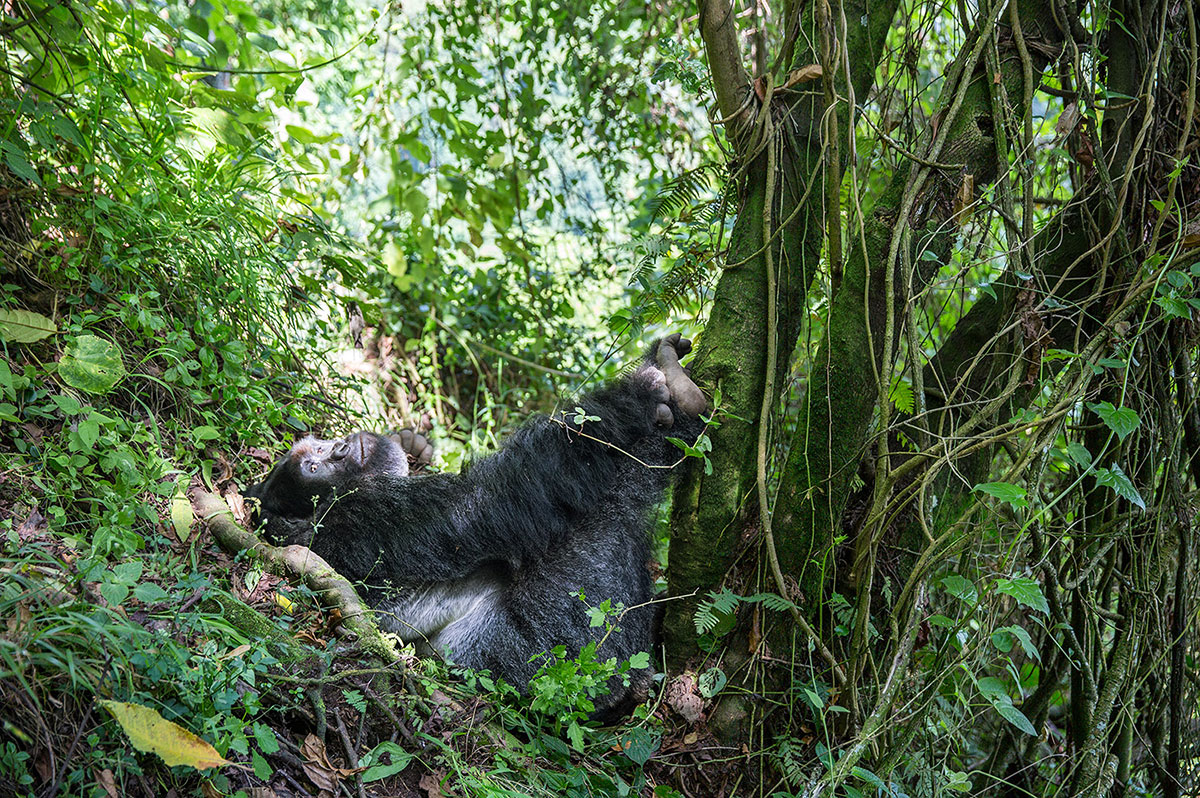
You can go online to learn more about conservation efforts to protect Virunga National Park here, and for mountain gorillas in general here. For my Congo adventure, I used Gorilla Trek Africa; they arranged my transfers, lodging, gorilla trekking permits, and basically everything else.
To see more of my mountain gorilla photos, visit my website: Ian Plant Photography – Mountain Gorillas
About the author: World-renowned professional photographer and Tamron Image Master Ian Plant is a frequent contributor to several leading photo magazines and the author of numerous books and instructional videos. You can see more of Ian’s work at www.ianplant.com.
Have something to add to the story? Leave a comment or email editor@outdoorphotographyguide.com.
Share tips, start a discussion or ask one of our experts or other students a question.
Already a member? Sign in
19 Responses to “Trekking with Mountain Gorillas in Virunga National Park, Congo”
Premium Membership
Unlock exclusive member content from our industry experts.
- 24/7 Access to Premium Photography Videos, Tips, and Techniques
- Step-by-Step Instructional Demos and Guides
- 50% Off Video Downloads Purchased in the Outdoor Photography Guide Shop
- Access to Ask the Expert Program
Unlock exclusive member content from our industry experts.
- 24/7 Access to Premium Photography Videos, Tips, and Techniques
- Step-by-Step Instructional Demos and Guides
- 2 Full-Length Video Downloads to Watch Offline
- 50% Off Video Downloads Purchased in the Outdoor Photography Guide Shop
- Access to Ask the Expert Program
Gold Membership
$463 Value
Get everything included in Premium plus exclusive Gold Membership benefits.
- 24/7 Access to Premium Photography Videos, Tips, and Techniques
- Step-by-Step Instructional Demos and Guides
- 8 Full-Length Video Downloads to Watch Offline
- 2 Full-Length Photography Classes to Keep for Life
- "How to Shoot Creatively" Educational Track
- Discounts on Purchase-to-Own Content in the Outdoor Photography Guide Shop
- Access to Ask the Expert Program
- Exclusive GOLD LIVE Streaming Events
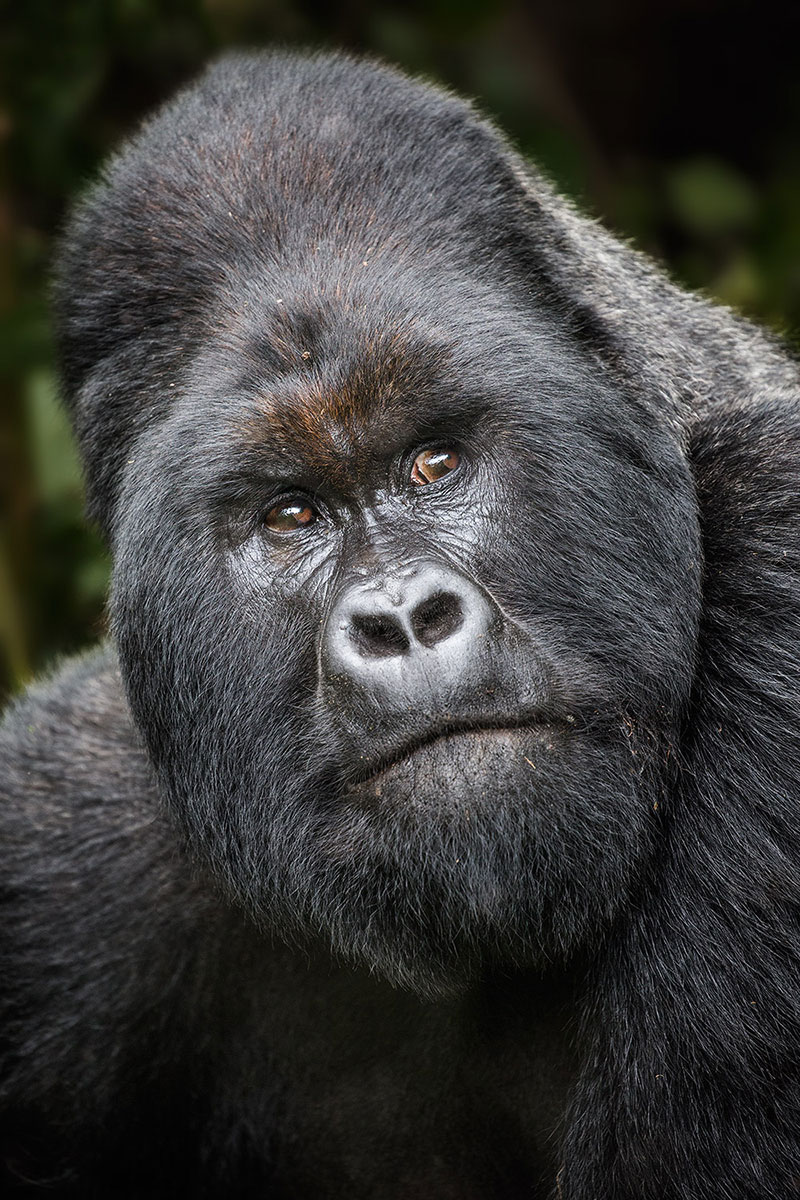
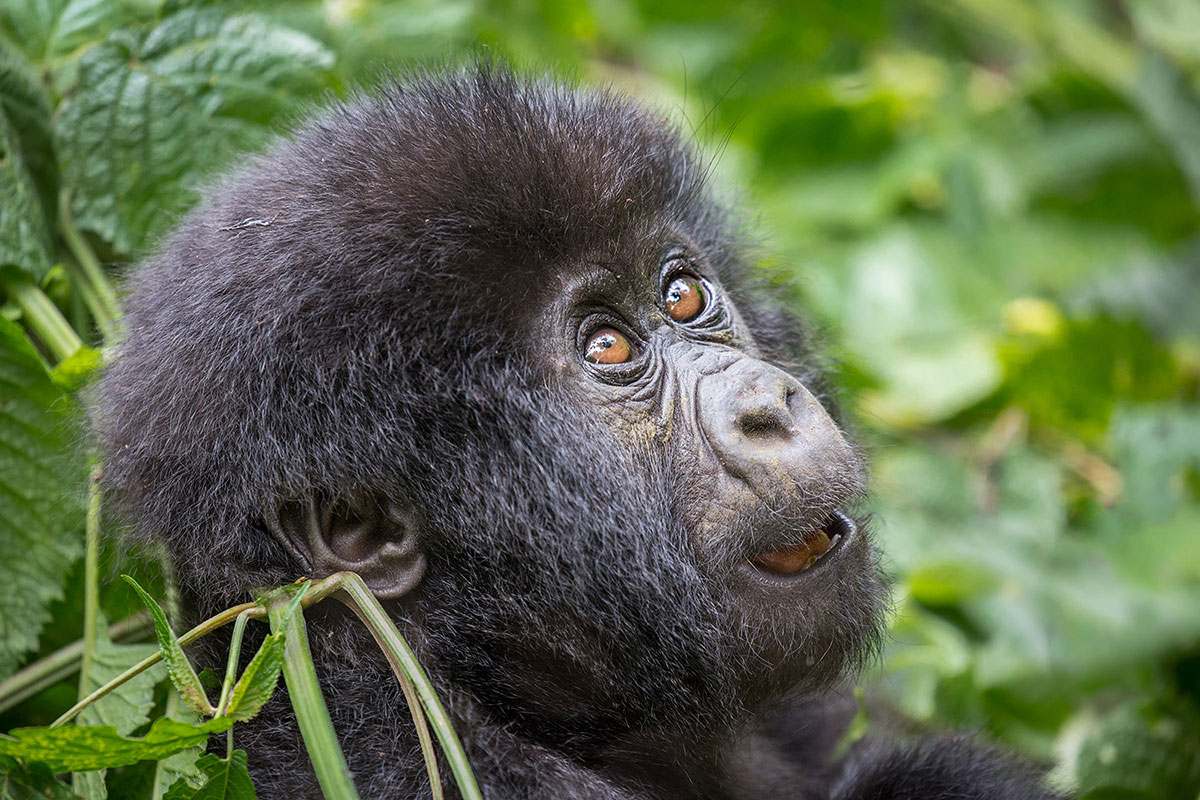
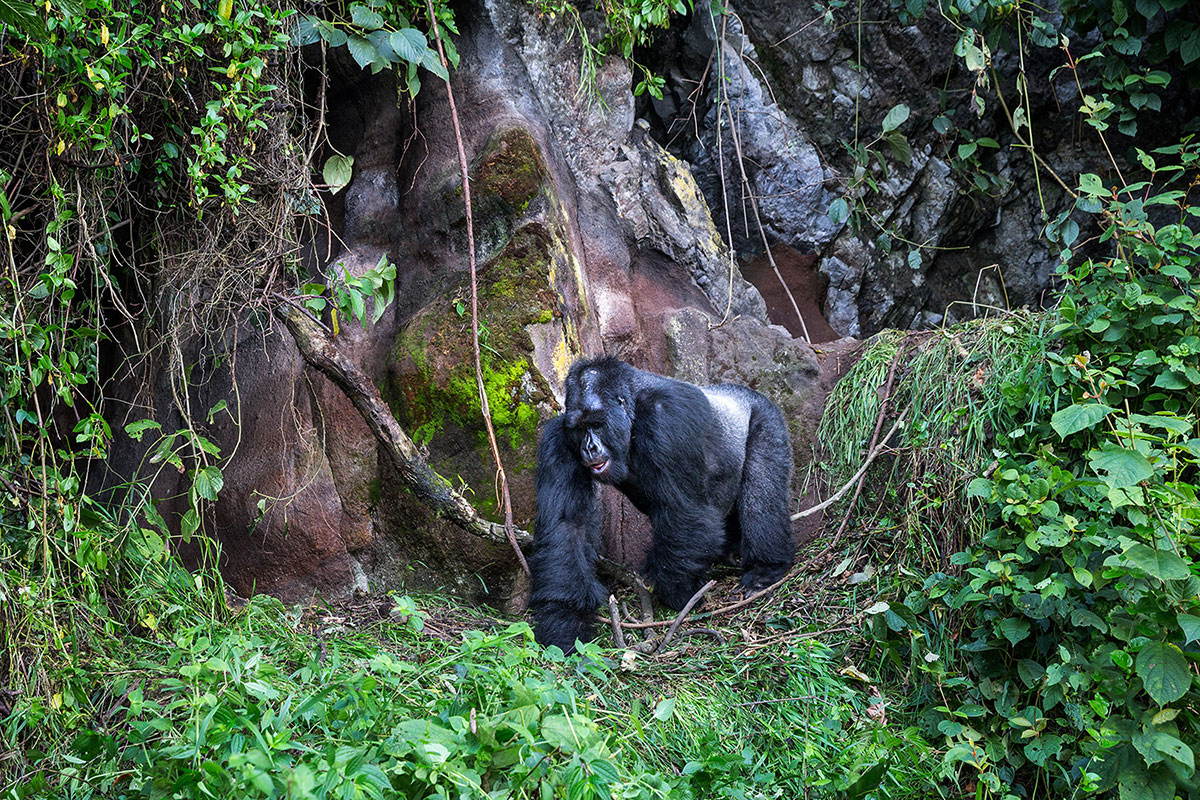
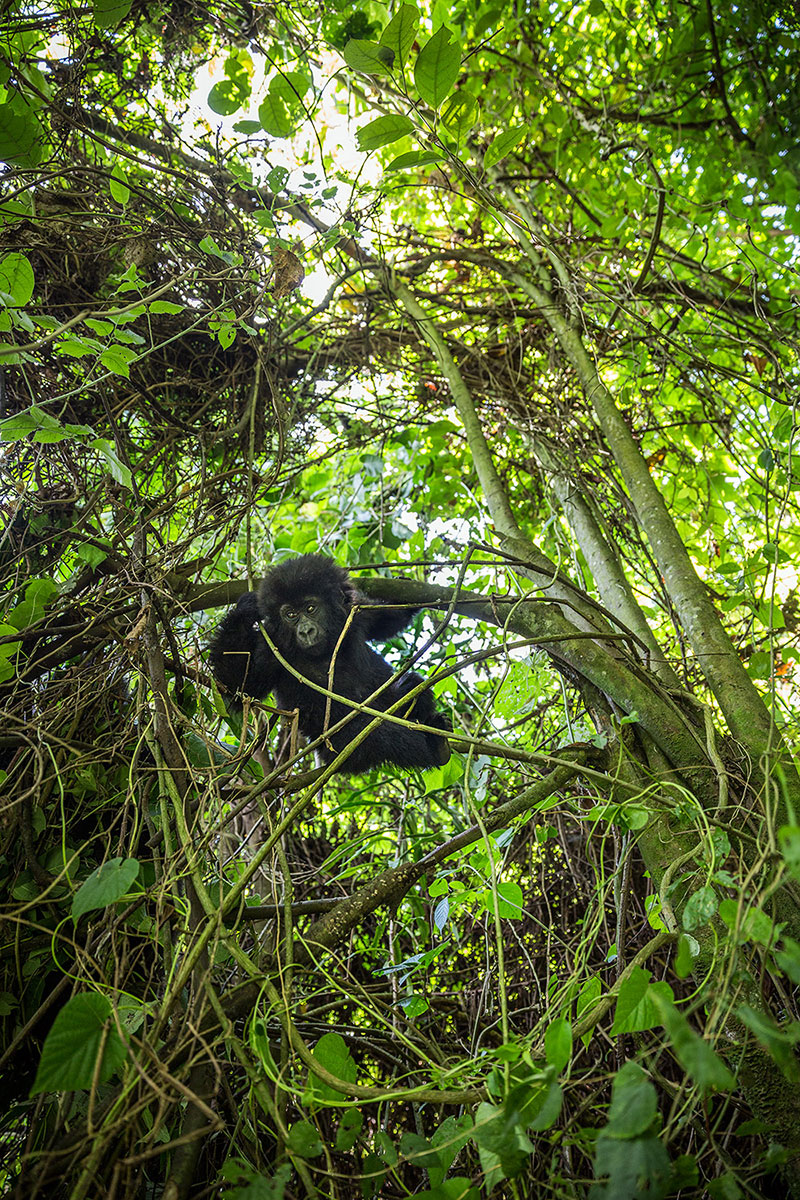
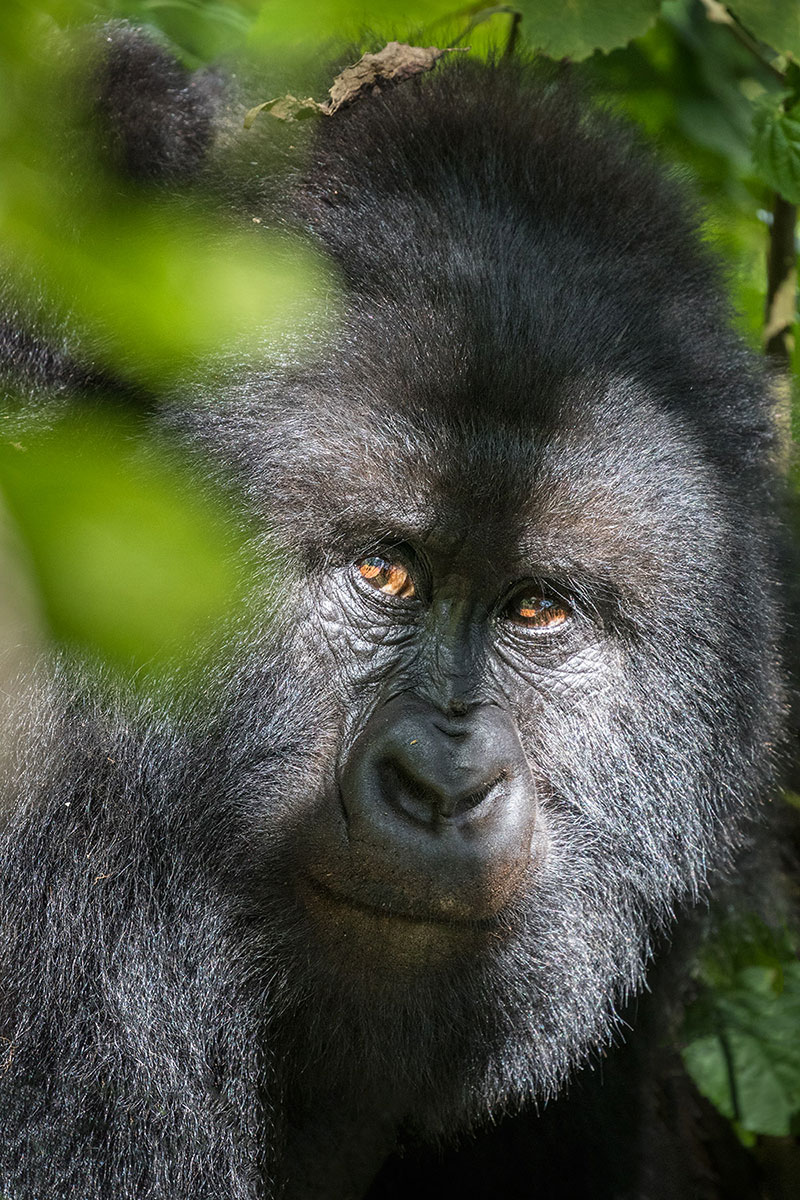
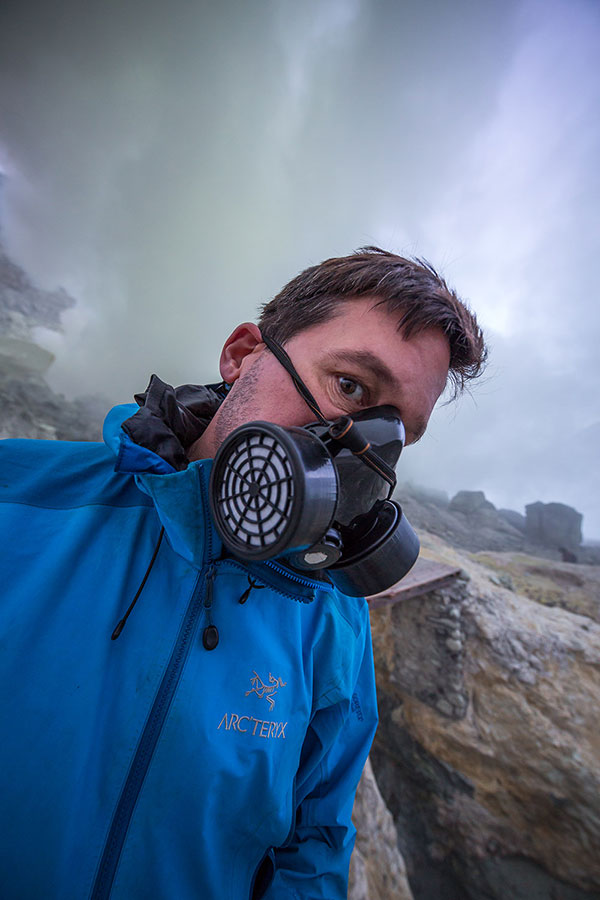
very perfect post
A very comprehensive blog post, and the pictures are really breathtaking, wondering whether you had a chance to let us read something about trekking the Chimpanzees too.
very perfect blog post, thanks for sharing it with us
This is great information, thanks a lot for sharing this with us
Wow! The article is amazing and it really reflects the experience with the rare gorillas. Thank you for the photos too
Woow . Thanks for sharing this great information.
Volcanoes National Park situated in Rwanda is arguably one of the best places to see man's closest relative - Mountain gorillasand getting close to these is a once in a lifetime opportunity thats worth it. Thank you for these incredible images. I've been to Bwindi in Uganda and seeing gorillas left me in Awwww.
Gorillas are incredible species and if it wasnt for the unending conflict in DRC, it would among he best places on the planet to see man's closest relative
Gorillas are incredible species and if it wasnt for the unending conflict in DRC, it would among he best places on the planet to see man's closest relative
When you look at the wildlife photos from Congo, you see an epitome of nature but, what kills your heart is the instability. Can't take my eyes off the amazing photos of Congo gorillas, very beautiful!!